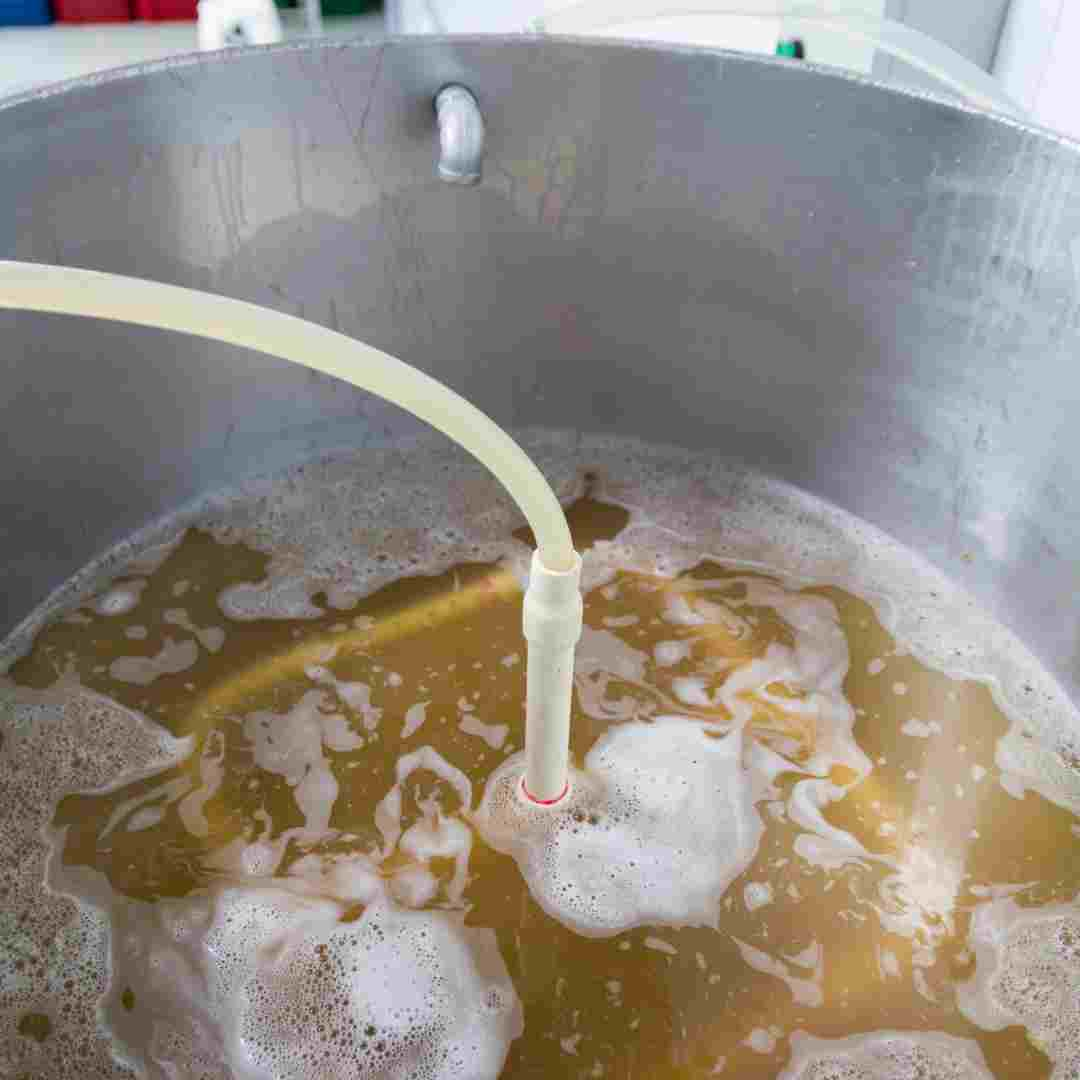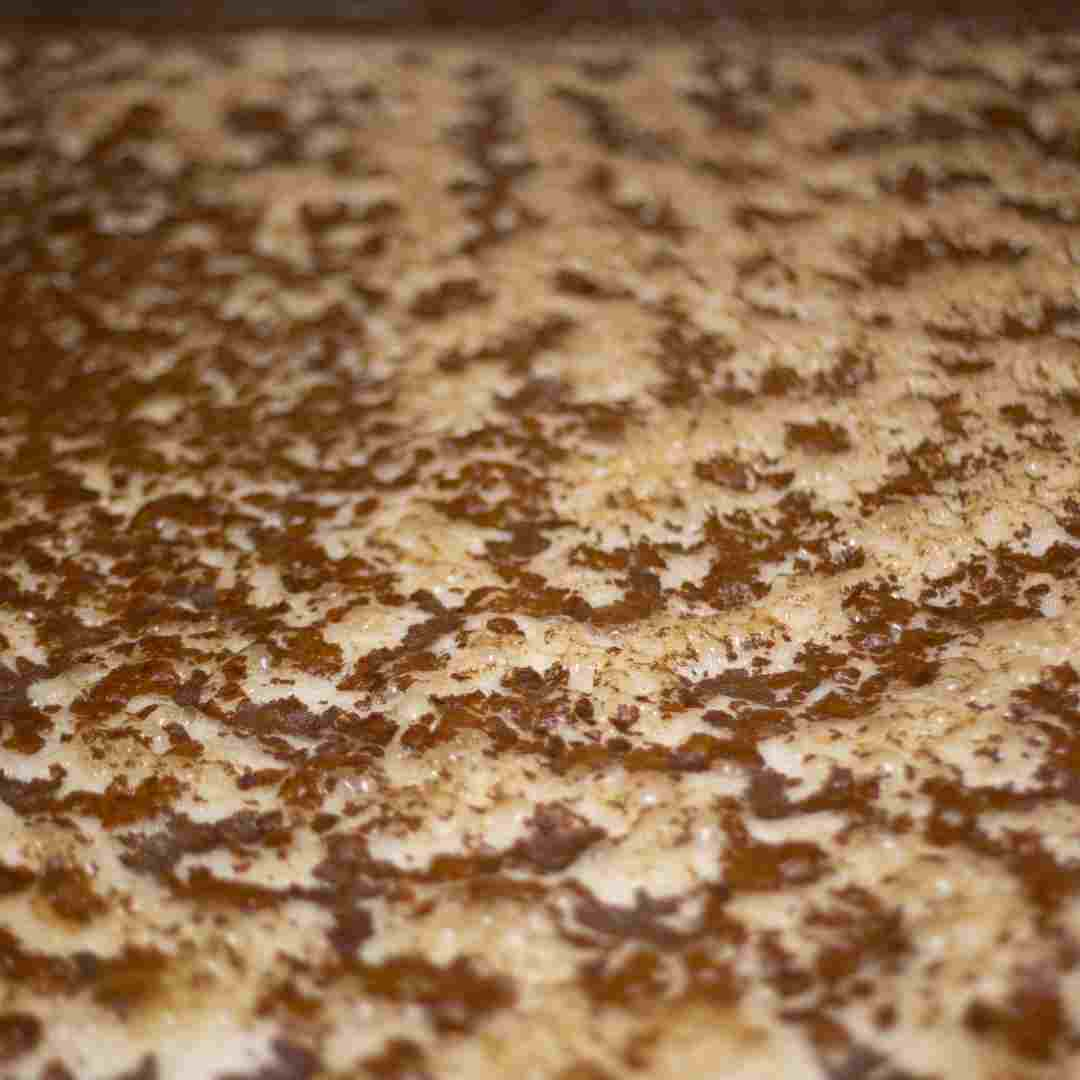Fermenting home brew should bubble. The yeast is actively turning wort carbohydrates into alcohol and carbon dioxide. If there is no bubbling, the yeast or fermentation temperature may be too low.
Why Doesn't My Homebrew Bubble?
Homebrewers must ferment. The yeast consumes wort carbohydrates and creates alcohol and CO2 during this stage. The airlock bubbles and beer krausen are caused by carbon dioxide. Not all beer fermentations bubble.
Slow fermentation may cause your homebrew to not bubble. Low yeast count, temperature, or gravity can cause this. Low yeast counts may slow wort sugar consumption. The yeast may also become dormant at low temperatures, slowing fermentation. High-gravity beers ferment slowly because they have more sugar.
Your home brew may not bubble because fermentation is proceeding too soon. The yeast can consume all the sugars in the wort before bubbling, which may seem illogical. High-yeast or low-gravity beers especially. The yeast may consume all the sugars in hours, preventing bubbling.
You may not see your homebrew bubbling. If the airlock is not sealed or the krausen is hidden, this can happen. The airlock releases fermented carbon dioxide while keeping oxygen and other impurities out. Carbon dioxide may escape without bubbles if the airlock is not shut. If it's little or falls back into the beer, the krausen, or fermentation foam, may not be seen either.
Lack of bubbling may indicate a home brew issue. For instance, a blocked fermentation or yeast infection may stop fermentation. Due to a shortage of nutrients or oxygen, yeast stops absorbing the wort's carbohydrates, causing a stopped fermentation. Yeast infections occur when bacteria or wild yeast enter beer, generating off-flavors and odors.
Finally, fermentation without bubbling is not necessarily a problem. Slow or quick fermentation, a leaky airlock, or a tiny krausen may cause it. However, off-flavors and odors in the beer or complete fermentation may indicate a problem. Home brewers must closely monitor and correct fermentation. With patience and care, you can make tasty, effervescent home brews that will surprise your friends and family.
Fixing a Homebrew Without Bubbles
Bubbles don't necessarily indicate fermentation. Bubbles can be created by temperature fluctuations, agitation, or fermentation. Even when fermenting properly, certain yeast strains produce fewer bubbles.
However, no bubbles in your home brew may indicate a problem. Common reasons your brew may not be bubbling:
1. Inactive yeast: No bubbles with inactive yeast. Old or badly stored yeast might cause this. Check the yeast expiration date and keep it cool and dry.
2. Insufficient oxygen: Yeast needs oxygen to grow and make bubbles. Aerate your wort before adding yeast, and use a yeast nutrient to ensure a good fermentation.
3. Temperature: If your brew is too hot or cold, yeast may not ferment correctly. Maintain your brew's yeast strain-recommended temperature.
4. Contamination: Bacteria and wild yeast can prevent bubbles. Before brewing, sanitize your equipment and fermenter using a sanitizer solution.
If you've eliminated these difficulties and still don't see bubbles, your fermentation process may need to be examined. Additional troubleshooting steps:
1. Check your brew's gravity with a hydrometer. If the gravity has not changed since adding the yeast, it may not be fermenting.
2. Wait: Fermentation may take longer than expected or produce fewer bubbles. Wait a few days to check if your brew ferments.
3. Repitch the yeast: If you think your yeast is dead, pitch a new batch.
4. Ask for help: If you're still having problems, ask a home brewing community or professional brewer.
In conclusion, homebrew without bubbles may indicate a problem. You can make sure your homebrew ferments properly and produces tasty beer by resolving common issues and inspecting your fermentation process.
Bubbling's Role in Fermentation
First, you must understand fermentation and why it is vital in brewing. Yeast ferments carbohydrates into alcohol and CO2. This gives beer its taste and alcohol content. Beer would be pleasant, and non-alcoholic without fermentation. Thus, your homebrew must ferment.
Fermentation bubbles. Yeast makes carbon dioxide by eating sugar. Airlock bubbles release this gas from the fermenter. Thus, airlock bubbles indicate fermentation.
However, fermentation is not just indicated by bubbling. If the airlock is not sealed, fermentations may not produce bubbles. Some yeast strains are weaker and produce less carbon dioxide. Thus, extra indications are needed to detect fermentation.
Beer-specific gravity is one indicator. Specific gravity measures the liquid density and can follow fermentation. High specific gravity indicates a high sugar concentration at the start of fermentation. As the yeast consumes sugar, specific gravity decreases during fermentation. After fermentation, the specific gravity stabilizes, indicating that all sugar has been transformed into alcohol.
Krausens indicate fermentation. Beer fermentation produces krausen, a frothy coating. Yeast actively consumes sugar and produces carbon dioxide. Krausens are not always produced, especially if the yeast strain is weak.
In conclusion, homebrewing bubbling indicates fermentation. It shows yeast eating sugar and creating carbon dioxide. However, additional indications like specific gravity and krausen can also indicate fermentation. Ask an expert brewer or a brewing supply store if your home brew is fermenting properly. With a little time and attention to detail, you can ensure that your home brew ferments properly and produces a tasty beer.

Q&A
1. Should my homebrew bubble?
Bubbling indicates fermentation.
2. How long should my homebrew bubble?
The type of homebrew and fermentation technique determine how long it should bubble. It can last days to weeks.
3. How do I fix a flat homebrew?
If your homebrew is not bubbling, it may not be fermenting. Check your brew's temperature. You may need extra yeast or sugar to start fermentation.
Your home brew should bubble, indicating fermentation. No bubbling may indicate a fermentation issue or inactive yeast. To make a good brew, watch the bubbling and act accordingly.
